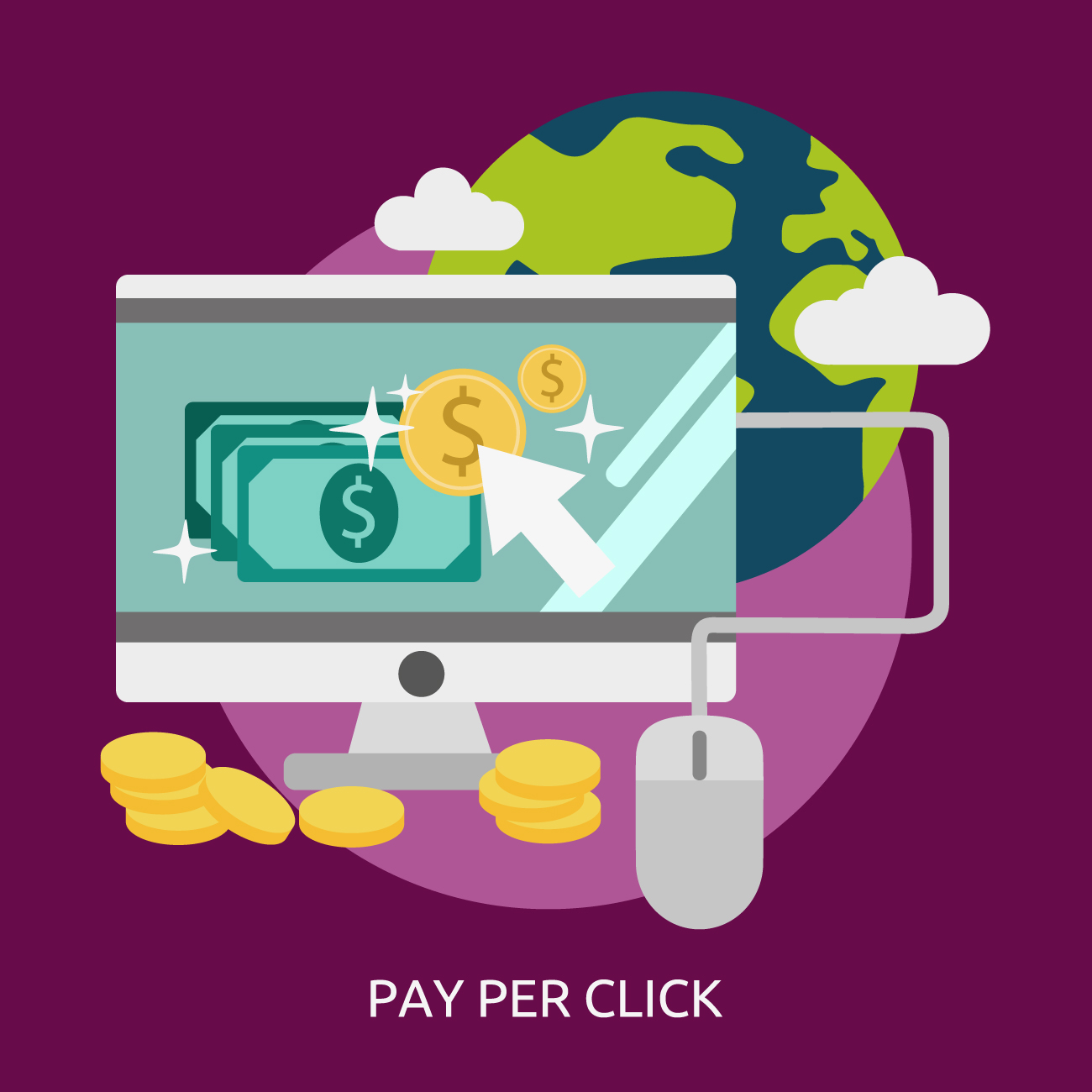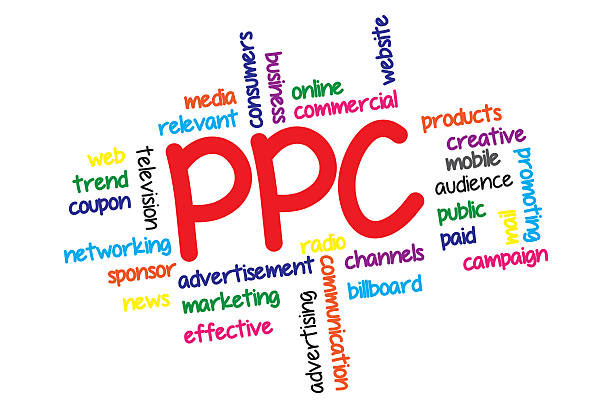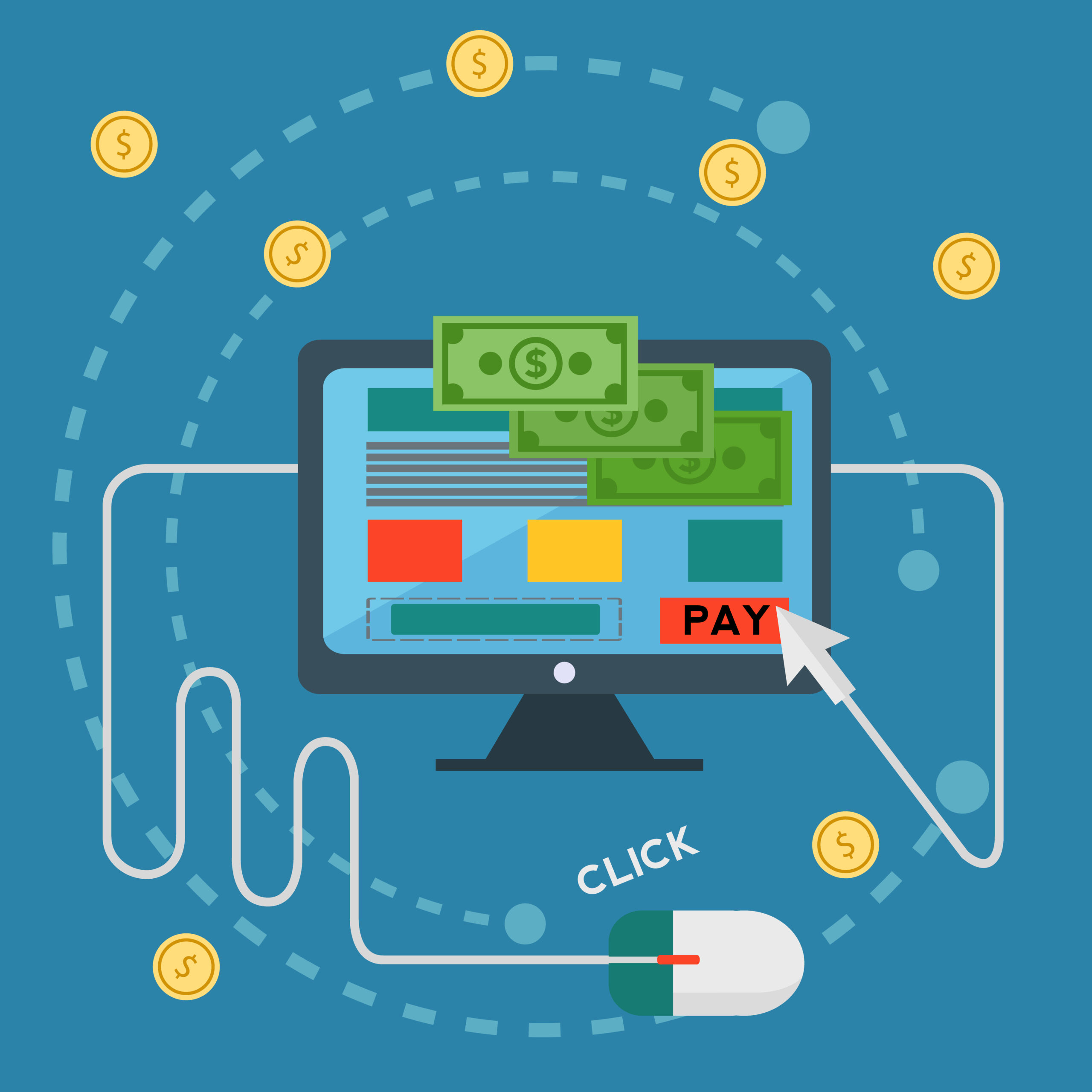Are you getting the most out of your Pay-Per-Click PPC campaigns? If you’re running ads but aren’t sure what metrics to monitor, you might be missing out on opportunities to improve performance. The right tracking can make all the difference when it comes to optimizing your campaigns, reducing wasteful spending, and ensuring a positive return on investment (ROI).
But where do you start? What exactly should you track to see results?
In this post, we’ll explore the essential PPC metrics that every marketer should track to maximize campaign performance. Whether you’re a seasoned PPC expert or just starting, understanding these key performance indicators (KPIs) will help you fine-tune your campaigns and achieve your business goals more effectively.
Click-Through Rate (CTR): The First Step in Understanding Your Campaign’s Engagement
One of the most straightforward metrics to track in a PPC campaign is the Click-Through Rate (CTR). But why is it so important?
CTR measures the percentage of users who click on your ad after seeing it. It’s an excellent indicator of how well your ad resonates with your target audience. A high CTR generally signals that your ad copy, keywords, and targeting are on point.
To calculate CTR, simply divide the number of clicks by the number of impressions (times the ad was shown) and multiply by 100.
Why Track CTR? – PPC Campaigns
- Quality Assessment: A low CTR could indicate that your ad copy or targeting isn’t compelling enough. Additionally, maybe the message isn’t clear, or you’re not reaching the right audience. In such cases, optimizing your ad copy and refining your targeting could lead to better results.
- Cost Efficiency: Since you pay per click, a high CTR ensures that you’re getting more clicks for your ad spend. So, this directly impacts your ROI and helps keep your advertising costs under control.
How to Improve CTR:
- Test Ad Copy: A/B testing can help identify the best-performing headlines and descriptions.
- Refine Keywords: Make sure your keywords match the intent of your target audience. Negative keywords can also help exclude irrelevant clicks.
- Improve Landing Pages: Ensure that your landing pages are aligned with your ad and provide a seamless user experience.
Conversion Rate: The True Indicator of Campaign Success
While CTR helps you measure engagement, the ultimate goal of any PPC campaign is conversions. Conversion Rate (CVR) shows how well your ad turns clicks into valuable actions, such as sales, sign-ups, or form submissions.
Why Track Conversion Rate?
- Quality Over Quantity: High CTRs can lead to many clicks, but if those clicks don’t result in conversions, you’re not getting the full benefit of your PPC campaign.
- ROI Insights: By tracking conversion rates, you can better understand which campaigns, ad groups, and keywords are driving real value. Also, it is helping you allocate your budget more effectively.
How to Improve Conversion Rate:
- Optimize Landing Pages: Make sure your landing pages load quickly, have clear calls to action (CTAs), and are user-friendly.
- Align Ads with Landing Pages: The message in your ad should match the content on your landing page to create a cohesive experience.
- Use Retargeting: Target people who have interacted with your brand before but didn’t convert. Also, retargeting campaigns tend to have higher conversion rates.
Cost Per Click (CPC): Managing Your Budget Wisely – PPC Campaigns
Cost Per Click (CPC) refers to how much you pay each time someone clicks on your ad. While it’s tempting to think that the lower your CPC, the better, it’s essential to balance cost with conversion rates.
Why Track CPC?
- Budget Management: Knowing your CPC helps you stay within your ad spend budget. Additionally, if CPC is high, it could indicate that your keywords are too competitive or your ad relevance needs improvement.
- Efficiency: By analyzing CPC alongside conversion rates, you can identify whether you’re getting good value for your money or wasting resources on ineffective keywords.
How to Reduce CPC:
- Bid Strategy Optimization: Review your bidding strategy to ensure it aligns with your campaign goals.
- Keyword Refinement: Focus on long-tail keywords with lower competition but high intent. So, these often have lower CPCs and can be more profitable.
- Improve Quality Score: Google rewards ads with a higher Quality Score (which depends on relevance and landing page experience) by lowering CPC.

Cost Per Acquisition (CPA): The Final Metric You Can’t Ignore
Cost Per Acquisition (CPA) tells you how much it costs to acquire a new customer or lead through your PPC campaign. Additionally, this metric is critical in evaluating the true effectiveness of your campaign in terms of actual business outcomes.
Why Track CPA?
- ROI Measurement: By knowing how much it costs to acquire a customer, you can determine whether your PPC efforts are profitable. If your CPA is too high compared to the lifetime value (LTV) of a customer, adjustments are needed.
- Optimizing Ad Spend: CPA helps you allocate your budget effectively, focusing on ads that bring in the best value per acquisition.
How to Lower CPA:
- Use Advanced Targeting: Refine your audience to focus on high-value segments, increasing the likelihood of conversion.
- A/B Test Campaigns: Continuously test and tweak ads, landing pages, and targeting to improve your CPA.
- Implement Smart Bidding: Utilize automated bidding strategies, such as target CPA or enhanced CPC, to improve cost efficiency.
Return on Ad Spend (ROAS): Tracking Profitability – PPC Campaigns
Return on Ad Spend (ROAS) measures the revenue generated for every dollar spent on advertising. Moreover, it’s an essential metric for understanding how profitable your PPC campaigns are.
Why Track ROAS?
- Profitability Check: ROAS provides insight into whether your ads are worth the investment. Also, a low ROAS indicates that you might need to optimize your campaigns to boost sales or reduce costs.
- Campaign Evaluation: By calculating ROAS across different campaigns, you can compare performance and identify which ads are driving the most revenue.
How to Improve ROAS:
- Refine Targeting: Ensure that you’re reaching the most relevant audience, which is more likely to convert.
- Increase Average Order Value (AOV): Encourage upselling or cross-selling on your landing pages to boost revenue from each conversion.

Impressions: Understanding Ad Reach and Visibility – PPC Campaigns
Impressions represent how many times your ad has been shown to users. While impressions don’t directly measure success, they help you understand your ad’s visibility and potential reach.
Why Track Impressions?
- Brand Awareness: If you’re aiming for brand visibility or awareness, tracking impressions is key to understanding how many people have seen your ad.
- CTR Insights: A high number of impressions combined with a low CTR may indicate that your ad is being shown to a broad audience that isn’t engaged with the content.
How to Improve Impressions:
- Optimize Bidding: Increase bids for higher positions in search results, leading to more visibility.
- Broaden Targeting: Expand keyword targeting to reach a broader audience.
Quality Score: Google’s Assessment of Your Ad’s Relevance
Quality Score is a metric used by Google to evaluate the relevance and quality of your PPC ads, keywords, and landing pages. Also, it impacts your CPC, ad position, and ultimately, the success of your campaigns.
Why Track Quality Score?
- Ad Rank and Position: A higher Quality Score improves your ad rank, meaning your ad will show up higher on the search results page. So, this can lead to more clicks and lower CPC.
- Cost Efficiency: Higher Quality Scores can lead to reduced costs for ads, improving the overall efficiency of your campaigns.
How to Improve Quality Score:
- Match Keywords to Ad Copy: Ensure that your keywords align well with your ad copy and landing page content.
- Optimize Landing Pages: Improve load times and ensure your landing pages are mobile-friendly and relevant to the ad.

Conclusion: PPC Campaigns
Maximizing the effectiveness of your PPC campaigns requires careful attention to the right metrics. Additionally, by tracking CTR, conversion rate, CPC, CPA, ROAS, impressions, and Quality Score, you can better understand where your ads are performing well and where improvements are needed.
So, remember, the key to PPC success is not just about getting clicks—it’s about driving valuable conversions and achieving a positive return on your investment. Also, by continuously monitoring and adjusting these metrics, you’ll be in a much stronger position to make informed decisions and optimize your campaigns for maximum results.
So, the next time you log into your PPC dashboard, take a moment to focus on these essential metrics. Tracking smart, tweaking ads, and optimizing campaigns will not only help you save money but also drive greater success for your business. Happy advertising!








